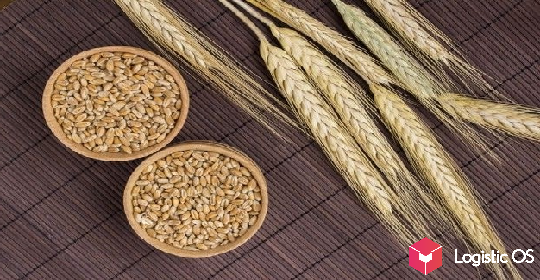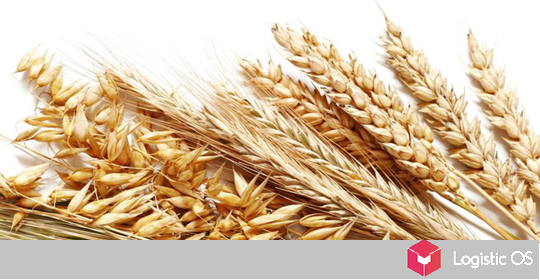At the end of 2020, the corresponding project was approved by the President of the Russian Federation V. Putin.
According to the stated requirements, the system must be designed for at least 300 thousand users.
At the same time, at least 50 thousand users must work in the system at the same time, while at least 50 thousand calls must be processed in one second.
136.7 million rubles is the initial maximum contract amount in the tender, which was launched on September 16, 2021 in the format of an open tender.
It is interesting that, despite the tendency to use domestic software in the public sector of Russia, there is no mention of the register of Russian software under the Ministry of Digital Science in the terms of reference, just as there is no mention of any specific foreign products.
In general, the traceability of grain and its processed products implies the ability to document the characteristics of the grain, the producer and subsequent participants in the entire chain.
The list of processed grain products includes: flour, cereals, pasta and bakery products, feed and by-products.
The following data will be collected:
grain producer information
data of storage organizations
information about the batch of grain (where it was grown and in what year, etc.)
information on batches of processed products
grain owner data
information on declarations of conformity of grain and its processed products, which were imported into Russia
data on consignors and consignees, cargo carriers
information on consumer properties of grain
information on grain purchases for state needs in the intervention fund
data on the results of state monitoring of grain, etc.
Separately, it is noted that the system will not enter information about grain processing products supplied to the retail network and sold to individuals for personal consumption.
The terms of reference also indicates that with the development of this system, the market share of grain and its processed products, data on which will be entered into the system, in 2022 will be 15%, and in 2023 — 50%.

